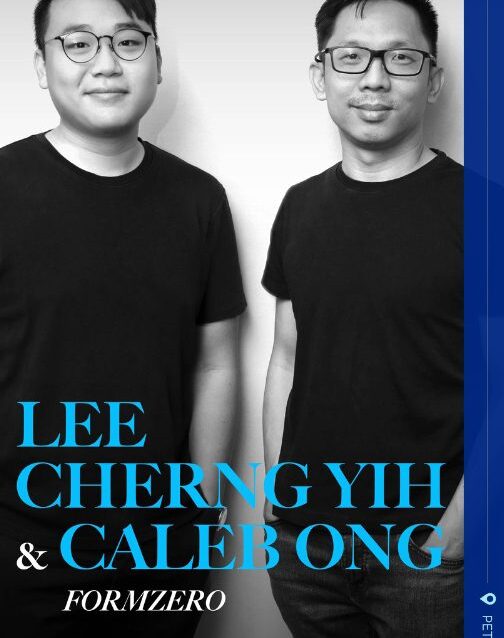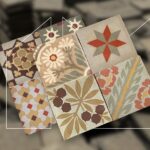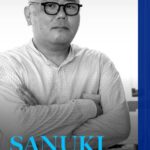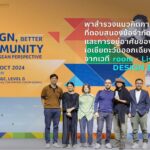In the realm of tropical architecture, Lee Cherng Yih and Caleb Ong, co-founders of Formzero, have carved a distinct path through their commitment to sustainable design and innovative green living. Based in Petaling Jaya, Malaysia, the duo is celebrated for pushing the boundaries of modern residential design by blending architecture with nature quite literally.
Known for their contemporary tropical approach, the architects are reshaping the idea of urban homes in Southeast Asia. Their philosophy? Urban density is not a limitation it’s an opportunity to reimagine how people live with plants, climate, and community.
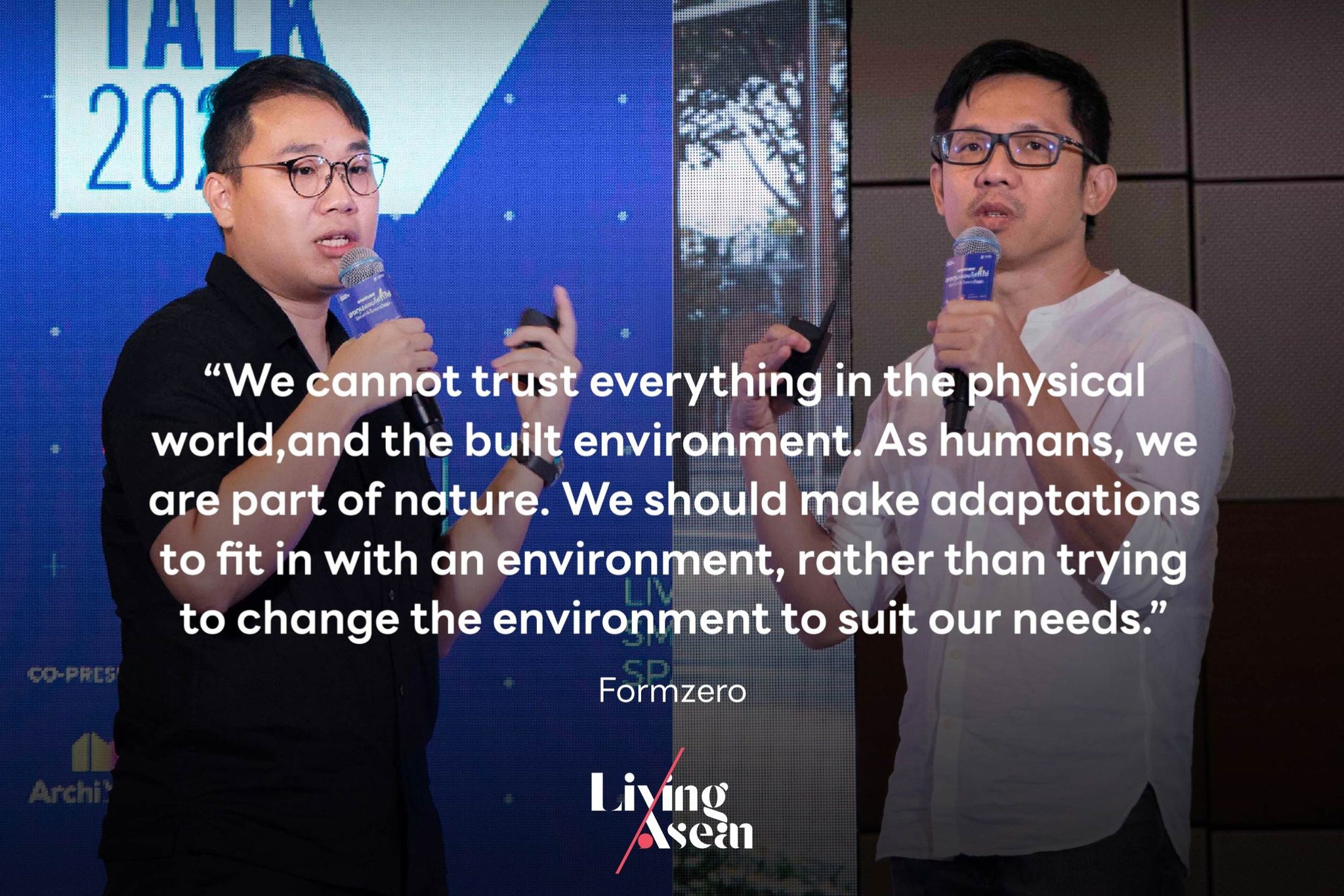
Among their standout projects is the Planter Box House in Kuala Lumpur — a narrow-front residence bursting with edible gardens that climb from ground level all the way to the rooftop. Built for a client with a passion for growing plants, the home redefines what a green façade can be, turning everyday architecture into a productive, living landscape.
Other notable works include:
Windows House, a residence with layered façades for sun protection and privacy, using perforated materials to keep the home bright and breezy.
Vertical Park, a high-rise concept that transforms building façades into communal green spaces — incorporating playgrounds, commercial zones, and pocket parks into a lush vertical cityscape.
Each project is a response to pressing urban issues like heat, congestion, and lack of open space. And at the heart of each solution lies nature as architecture.
Designing for the Tropics — A Philosophy Rooted in Place
According to Lee Cherng Yih, tropical architecture goes beyond dealing with heat — it’s about balance.
“We don’t design homes that depend entirely on air conditioning. Instead, we look for ways to live more harmoniously with climate and context,” he explains.
From their perspective, tropical design must also question how humans coexist with the environment. “As humans, we’re part of nature. We should adapt to it not control it,” says Lee.
Responding to Urban Density in Southeast Asia
With urban areas in Southeast Asia becoming increasingly crowded, privacy, comfort, and environmental responsibility are rising to the forefront of design challenges.
“People still want their own quiet spaces in the city,” says Caleb Ong. “At the same time, we have to think about the ecological sustainability of the planet. That’s where good design comes in — helping us live better without sacrificing the future.”
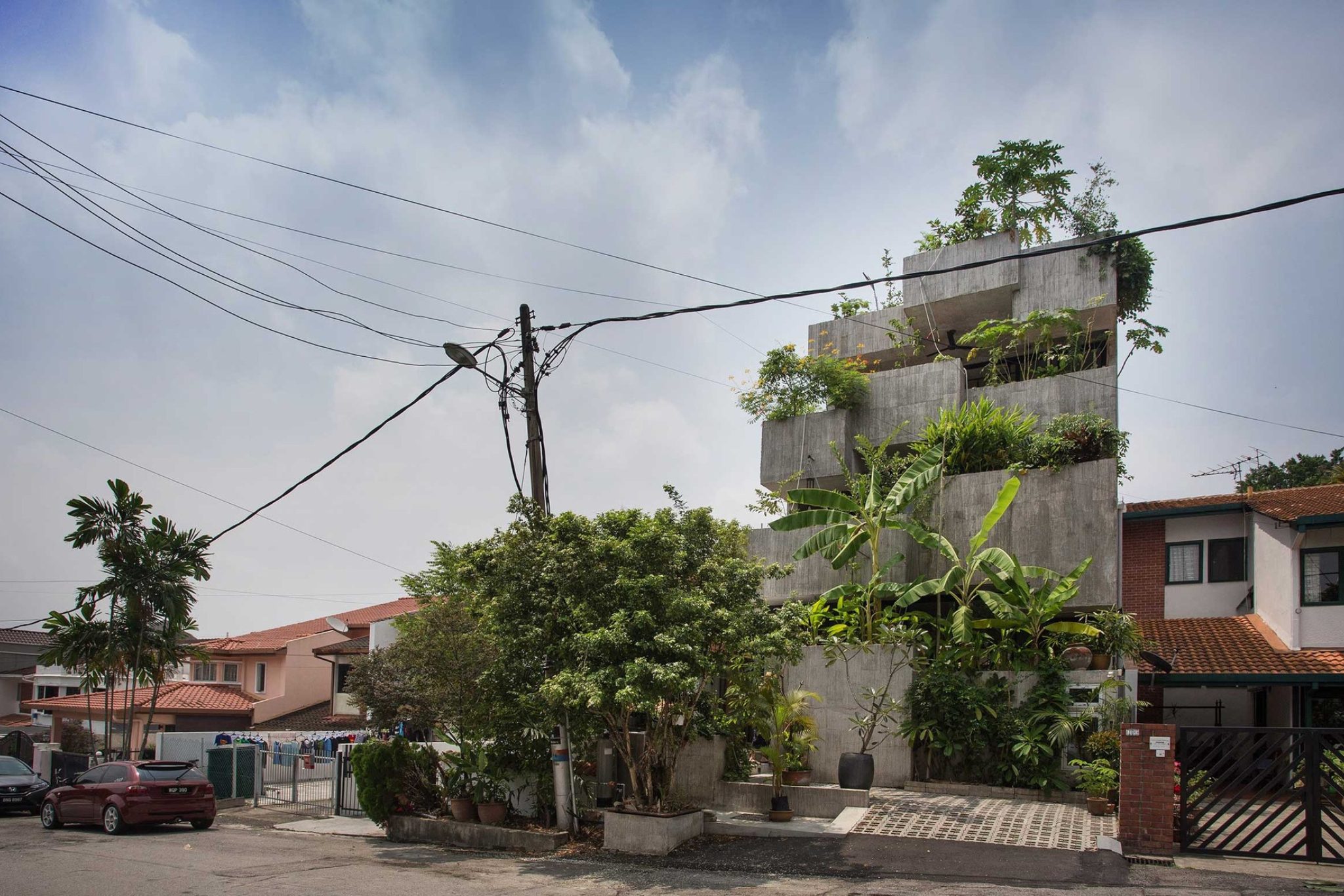

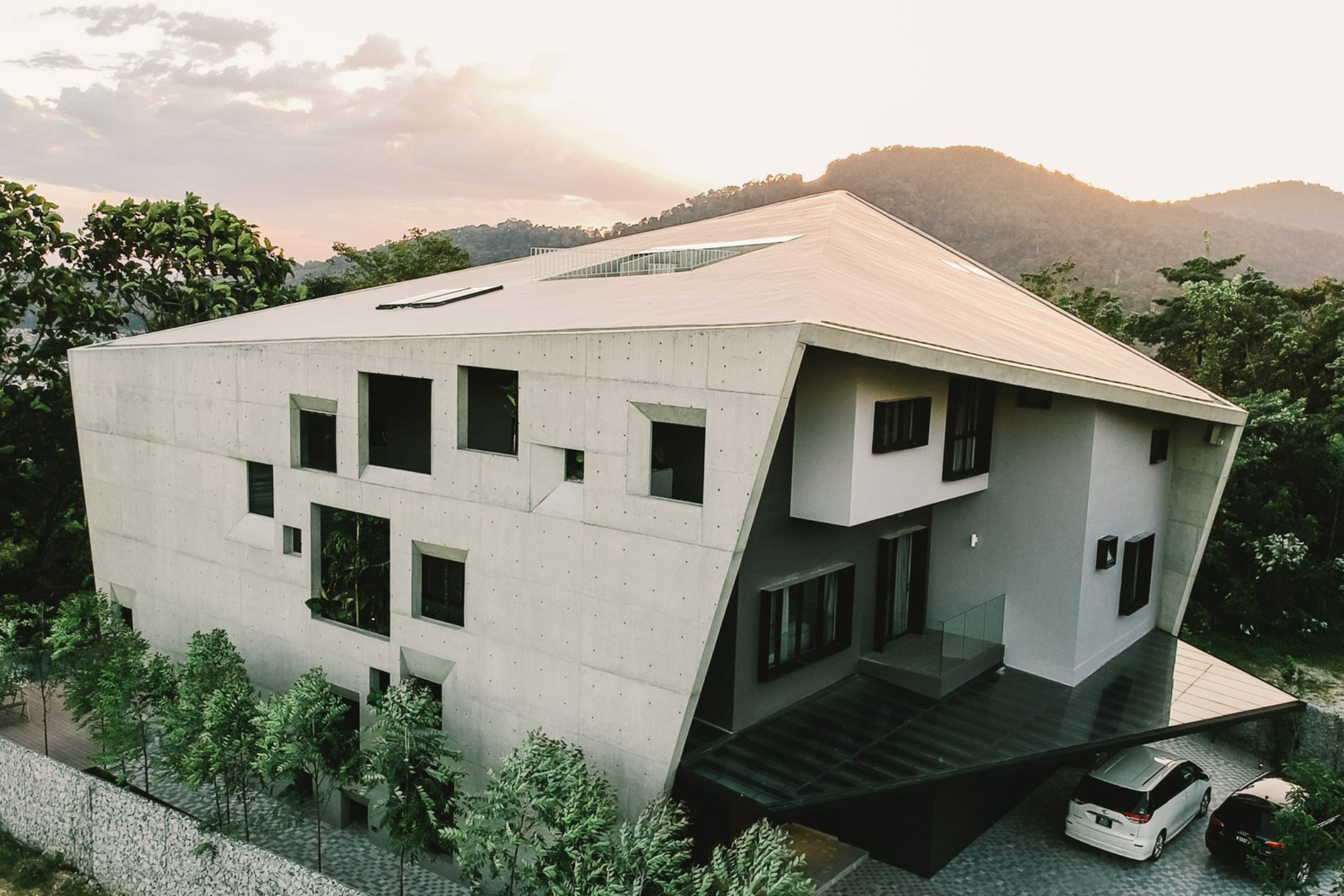
On Sustainability: More Than Just Buzzwords
For Formzero, sustainability means:
– Lowering energy consumption
– Creating adaptable, low-maintenance homes
– Integrating food production and community spaces into the fabric of everyday life
Their design thinking aims to reduce environmental impact without compromising quality of life — proving that ecological design and city living are not mutually exclusive.


